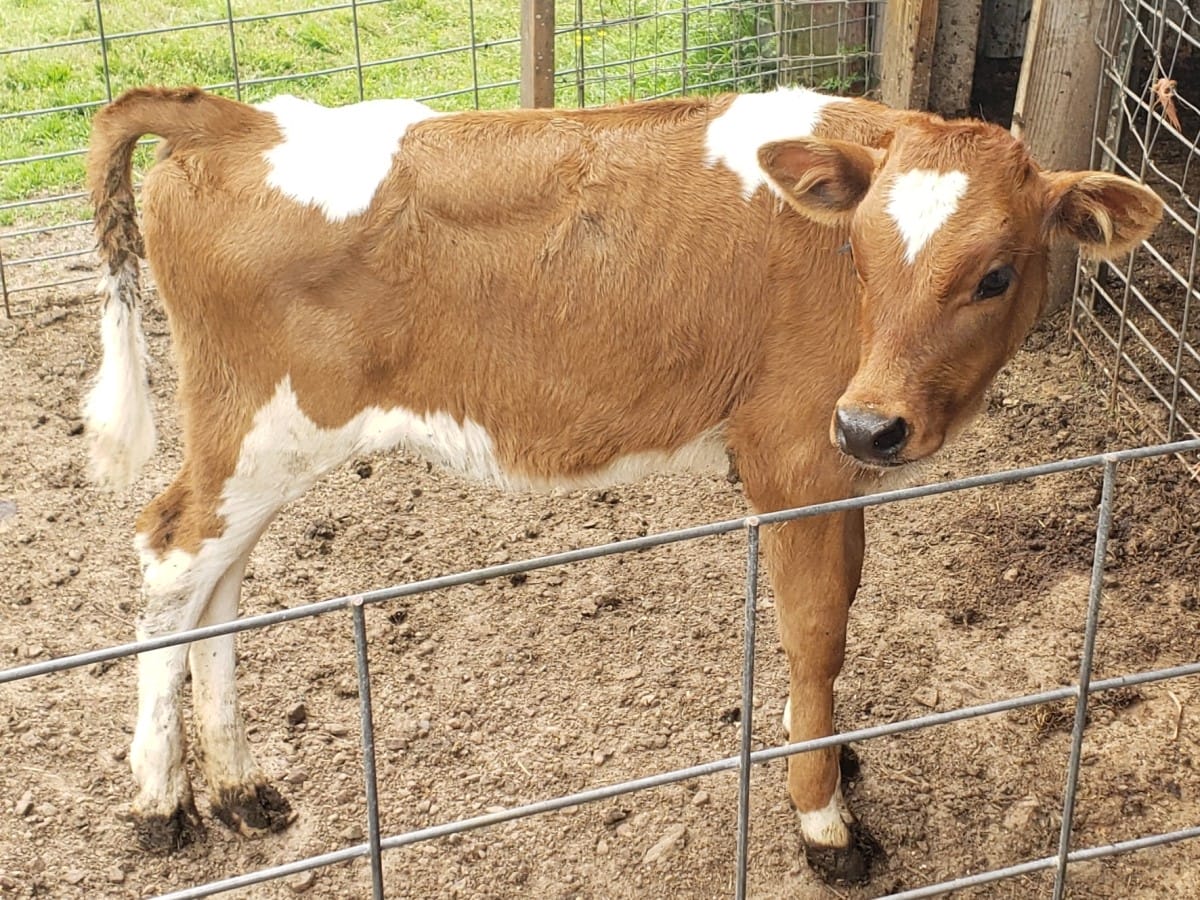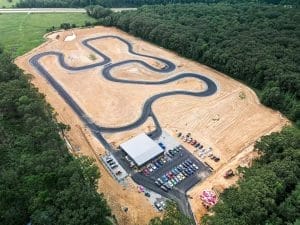

Uh oh...
It appears that you're using a severely outdated version of Safari on Windows. Many features won't work correctly, and functionality can't be guaranteed. Please try viewing this website in Edge, Mozilla, Chrome, or another modern browser. Sorry for any inconvenience this may have caused!
Read More about this safari issue.

Local cheesemakers don’t exactly grow on trees here in Arkansas, so when I heard about the new Red Roof Cheese Company, I just had to give it a try. Impressed but wanting to know more of the story behind the business, I reached out to Jason Hughs. He, along with his wife, Elaine, run the family farm, and yes, make cheese.
Where is the farm located? And is this where you are from?
Our farm is located at 198 Scratch Gravel Road in Damascus. Elaine is from Conway and I am from Greenbrier. Neither one of us grew up on a farm.

How long have you been making cheese at the farm, and what got you into the cheesemaking business?
We have been making cheese for about three years. We started milking a cow for ourselves and had extra milk. I tried making a couple of different fresh ‘farmer’s cheeses’ in our kitchen and then slowly progressed to aged cheddar and a few other types. I learned to make cheese via YouTube videos, books, and lots of trial and error.
From start to finish, could you describe the process of making cheese?
The process of cheesemaking starts with high-quality milk. As we decided to make this a business, we had to decide whether to purchase our milk from a local dairy or produce it ourselves. We chose to produce our own so we could be in control of the quality. We also chose to do this because we wanted milk from an exclusive Jersey herd. In the composition of milk solids, Jerseys produce more fat relative to the amount of protein in the milk. Milk rich in fat–compared with milk poor in fat–usually produces cheese containing more fat in proportion to other constituents. We feel that the milk we get from our Jersey girls produces a higher quality cheese. We also make only raw milk cheeses. We do this because we believe in keeping everything we do as unprocessed and healthy as possible. Raw milk has a lot of wonderful benefits to our health and our cheese carry over those same great benefits. As of right now, we are the only permitted raw milk cheesemaker in the state of Arkansas.
We start all our cheeses the same way, with our fresh raw milk and add only cheese cultures, rennet, and salt. Each cheese has the same basic ingredients. The main difference between cheese varieties is the type of cheese culture used and the temperatures at each step during the cheesemaking process. These differences in temperatures create different flavors and textures. It is a lot like a science project every time you make cheese.

The basic process is to heat the milk up to a target temperature and then add a culture to the milk. We let the milk sit for a determined amount of time to acidify and then we add rennet to the milk. This is what actually curdles the milk into cheese. After letting the milk sit for another determined amount of time, we cut the cheese into cubes called curds. We stir the curds to release the whey until they are ready to be drained and pressed into the cheese wheels. After pressing, our cheeses age in our humidity-controlled walk-in cooler for a minimum of sixty days before they are available for sale. Because we make only raw milk cheeses, we have a minimum time that we must age our cheeses due to federal regulations. For most cheeses, that is sixty days.
What cheeses do you currently offer?
We currently produce all these cheeses, but we don’t always have each of them available. We make several varieties of cheddar, including plain Cheddar, Smoked Cheddar, Jalapeno, Garlic and Chive, Local Honey Infused, Lavender, Pink Peppercorn, and Local Coffee Rubbed. We also have a Brie Style cheese, a Gouda Style cheese, and our signature cheese which is only available from us called Ozark Style Cheddar.
Ozark Style Cheddar, which will eventually be named simply “Ozark” cheese once we receive approval from the Arkansas Department of Health and the FDA, was created by accident. It has the sharpness of a cheddar and the creaminess of a Monterey Jack. The name “Ozark” was chosen for the region it was created in, the Ozark Mountains. And since we are going to name this cheese “Ozark,” we decided to pay homage to the French because they were some of the first settlers to this area. It is where we get the word “Ozark” (originally Aux Arcs) from.
The French have a famous cheese called Morbier. It was originally made by making cheese with the leftover milk from the morning milking. They would sprinkle fireplace ash over it to keep the flies and critters off. Then, cheese was made from leftover milk from the evening milking and placed on top and pressed overnight. It left this line of ash in the middle of the cheese. Our Ozark cheese has a line of ash running it thru it, too. We use a food-grade vegetable ash in ours.
I could see the French settlers doing this same process here as well. So, this is how our signature cheese got its name and the line of ash in the middle.

Where can people find your cheeses?
Our cheeses can be found at The Bramble Market in Little Rock, WunderHaus in Conway, Natural State Nutrition Center in Greers Ferry, and we have a storefront here on the farm that is open during our farm days. We are going to try and plan on having farm days approximately one Saturday every other month.
What is the most difficult part about making cheese?
My family would agree that the hardest part of dairy farming and making cheese is being tied down 365 days a year to the farm. Cows must be milked every single day. Even though we find it extremely hard to get away from the farm, we enjoy what we do and are thankful that God has blessed us with this chapter in our lives.
What is next for Red Roof Cheese Company?
We received our permit to sell cheese from the State of Arkansas last September. Because of that, we only started production late last year. Our goal is to milk twenty cows during our peak each year. This first year we will only peak at around 15 cows. So, it will be next year before we get to the 20-cow mark. We want to stay small and stay a family farm focusing on making high-quality artisan cheese.
*cow pic courtesy of Red Roof Cheese Company
We do the work.
You check your email.
Sign up for our weekly e-news.
Get stories sent straight to your inbox!










Like this story? Read more from Kevin Shalin
Break out those muffin tins because Soup Sunday is back! The...
Folks like me, who live in Little Rock full-time, are almost obligated to...
Lately, I’ve been on a bit of a plate lunch kick. There are worse...
Join the Conversation
Leave a Comment